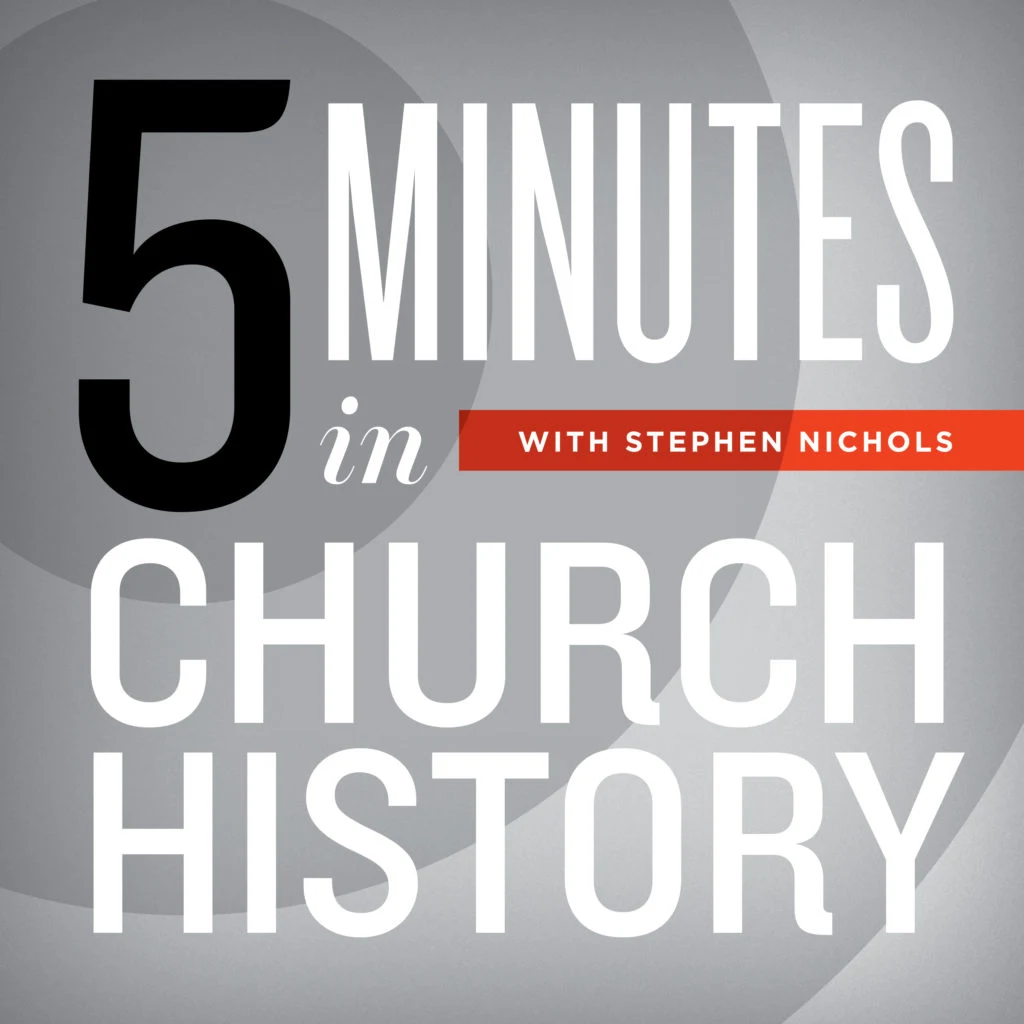My First Anchor

From his deathbed, John Knox told his wife Margaret, “Go where I cast my first anchor.” She immediately opened her Bible to John 17. On this episode of 5 Minutes in Church History, Dr. Stephen Nichols surveys the life and death of the great Scottish Reformer.
Go. Go where I cast my first anchor.
Back in August of 1572, John Knox had just returned to his beloved Edinburgh, but that fall he became ill. He was struck with pneumonia, and he was bedridden. As the weeks of November passed, his condition worsened. On November 24, 1572, he was surrounded by his wife, Margaret, and by Richard Bannatyne, his longtime friend. They were reading Scripture to Knox, and at one point he looked at Margaret and said, “Go. Go where I cast my first anchor.” She immediately knew what he was talking about, and she turned in her Bible to John 17. She began reading from that text: “When Jesus had spoken these words, he lifted up his eyes to heaven, and said, ‘Father, the hour has come; glorify your Son that the Son may glorify you, since you have given him authority over all flesh, to give eternal life to all whom you have given him. And this is eternal life, that they know you, the only true God, and Jesus Christ whom you have sent’” (John 17:1–3).
As Margaret continued to read that chapter and she finished, John Knox turned to her and said, “What a comfort that chapter is.” Well, that first anchor served John Knox in life and in death. Knox was born in either 1514 or 1515. Some reports have Knox born as early as 1505, though that’s highly unlikely. So whether it was 1514 or 1515, we don’t know, but we do know that he lived until 1572. We also know that by 1536 he was ordained. This, of course, was in the Catholic Church at the time. But a decade later, he was clearly and squarely on the side of the Reformers. He had come under the influence of George Wishart. Knox was both assistant and bodyguard to George Wishart. Knox took to carrying a large sword by his side.
At one point, the two were separated, and during that time Wishart was arrested. He was in St. Andrews, and he was martyred on March 1, 1546. We might remember the words of the church father Tertullian, that “the blood of the martyrs is the seed of the church.” Well, the blood of the martyr George Wishart was very much the seed of the Scottish Church. As Wishart’s martyrdom was known more and more, people raised their voices in defense of what was called sola fideism, or the view of salvation by faith alone. That is to say, they were bold and courageous in bringing the Reformation to Scotland, and certainly among them was John Knox.
In April 1547 John Knox preached his first sermon; it was on Daniel 7. One of those listening to that sermon said that while others clipped branches, Knox struck at the root to destroy the whole. Very quickly after that, Knox was arrested, and he was sentenced to row on a galley ship. He did that for two years, and in 1549 he was released. He spent the next five years in England. This was during the reign of Edward VI. Things were not so good in Scotland. We remember that at this time, this was not a United Kingdom. So as much as Knox wanted to go to his beloved Scotland, he could not.
After Edward VI died, Bloody Mary came to the throne in 1554, and Knox, like so many, fled. These were the Marian exiles, and Knox found himself in Geneva, Switzerland. There he came under the influence of John Calvin. He was so impressed by what Calvin was doing in Geneva that he made a vow that if he could get back to Scotland, he would do for Scotland what Calvin did for Geneva.
In 1559 Knox did return to Scotland. He spent his energy and his time bringing the Reformation to Scotland. He worked on the Scottish Confession, and he was a key architect in building the Scottish Kirk, the Scottish Church. He married twice. He was married to Marjorie Bows, and they had two sons. Then she died, and he married Margaret Stewart. They had three daughters, and it was Margaret Stewart who read to John Knox his first anchor, John 17.
Recent Episodes
A Little Church History of a Middle Colony: Early Influences
December 10, 2025|American Church History
Gunpowder and a Proclamation
December 3, 2025|Geographical Perspectives
Thanksgiving in Church History
November 26, 2025|American Church History
3 Sermons on the Hallelujah Chorus
November 19, 2025|General Church History
Charles Jennens’ Libretto
November 12, 2025|General Church History
Cyprian of Carthage: Crisis in the 3rd Century
November 5, 2025|General Church History
